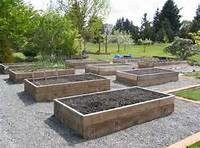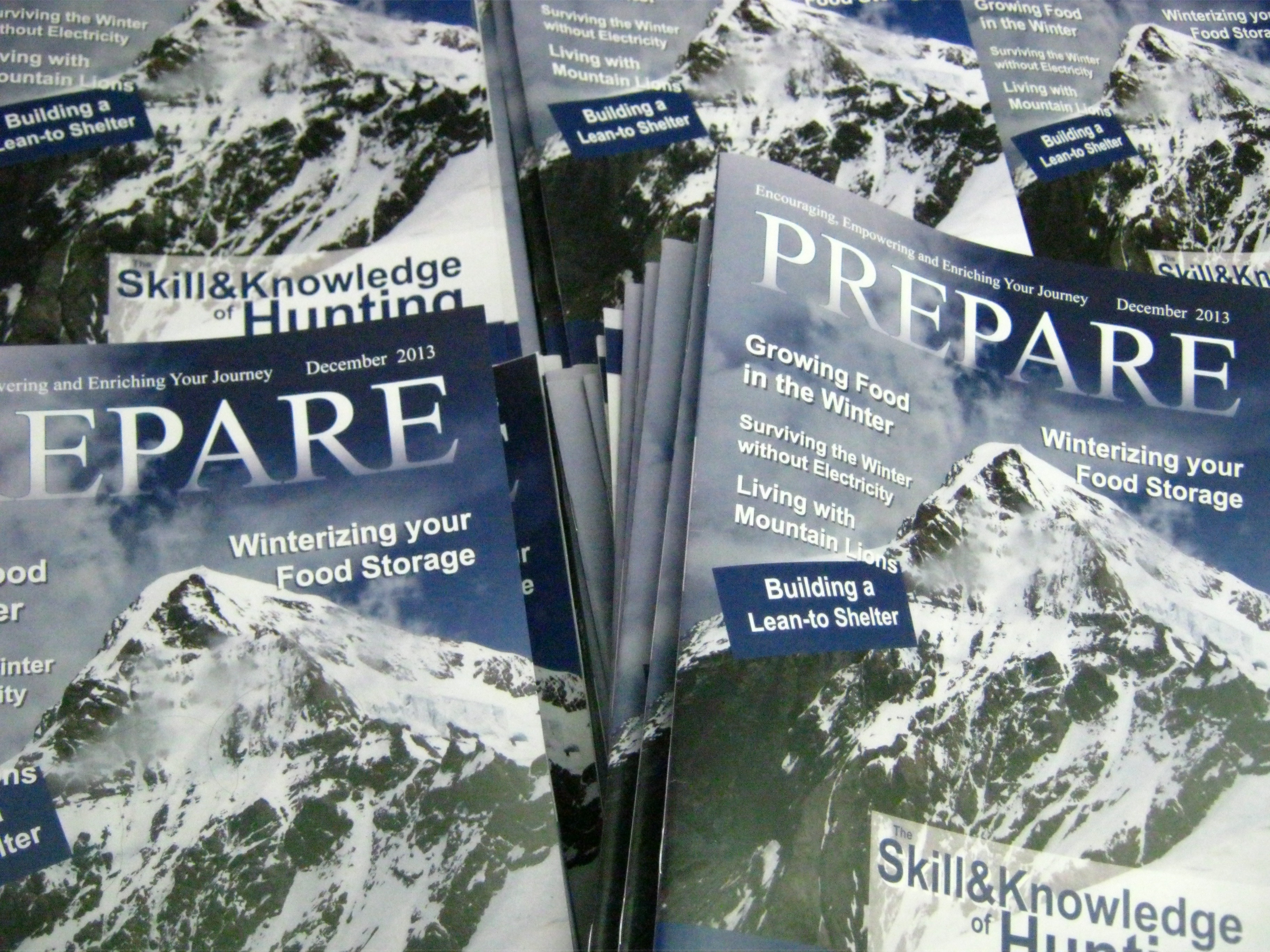This is the perfect time of year to share information on Composting For the Home Gardener
 Let me begin by saying that, I do not generally recommend composting because of the equipment, time, space, and effort required, and because few people have the time, knowledge, or inclination to really do it right. In addition, even the best compost is a great unknown, so far as what actual nutrition it provides. And no one can tell you either, because every batch is different!
Let me begin by saying that, I do not generally recommend composting because of the equipment, time, space, and effort required, and because few people have the time, knowledge, or inclination to really do it right. In addition, even the best compost is a great unknown, so far as what actual nutrition it provides. And no one can tell you either, because every batch is different!
Rather than composting, I recommend putting grass clippings, clean and disease-free plant parts, etc. into the ground immediately, so that mixed with the soil they can compost naturally and there will be no flies, rodents, smells, etc. To read about my experience in composting, see the Zoo-Doo Man article, which I will discuss later in this article. And to feed your plants exactly what they need without the investment, time, and hassle of composting pay attention to the final 3 paragraphs of the article for what WE do!
If you still want to compost, we will now describe what it takes to compost correctly.
There are two types of composting: aerobic (with oxygen) and anaerobic (without oxygen). Compost includes 4 basic elements including air, water, carbon, and nitrogen.
For Aerobic composting, a carbon-to-nitrogen ratio close to 30 is ideal. Moisture content is generally best between 50 and 60%. The material must not become soggy or compacted, but must be moist. A thermometer measuring 100 to 200 degrees, with a long probe, is essential.
Anaerobic composting is a cold process; it can take as long as two years to produce usable compost, and DOES NOT remove soil pathogens, bugs, and weed seeds. This method is NOT recommended for the family garden for the reasons stated above, plus the fact that it creates an unsightly, smelly mess in your yard that attracts rodents, etc. and often occupies usable space that could otherwise be growing plants.
Regrettably, anaerobic composting is what 99% of family gardeners usually end up with, because of lack of education and/or consistent effort.
Aerobic composting must sustain temperatures of at least 140 degrees Fahrenheit (150 is better) for three weeks, which kills most soil pathogens, bugs, and weed seeds. It requires a constant supply of air throughout the pile in order to provide oxygen to the microbes that digest the raw materials and thus decompose them into usable compost.
Foul odors are from anaerobic activity and indicate a lack of oxygen. Increase turning frequency and/or fibrous content of the mix to reduce the moisture content and increase oxygen.
The pile should be thoroughly turned daily, and if all other elements are present in the right proportions good compost can be created in as little as one month.
Water, as mentioned above, is also necessary, but not too much at one time. The pile should be moist – like a wrung-out sponge – but not wet.
Carbon is used as the energy source, and most of the pile should consist of material high in carbon. Common high-carbon ingredients include dry leaves, straw, and corn stalks. High-carbon ingredients will contain more than 30 times as much carbon as nitrogen – sometimes MUCH more – and are often called “browns”.
Nitrogen is needed for the proteins that build the microbes bodies. Ingredients with the most nitrogen are usually green, moist plant matter such as leaves, or an animal by-product like manure. Nitrogen-rich materials – often called “greens” – usually will contain carbon and nitrogen in a ratio close to 20:1.
NEVER use manure from carnivores, and even cow manure sometimes contains e-coli, which can cause sickness and even death. Therefore, any manure should be used with caution.
For efficient decomposition you need a carbon/nitrogen (C/N) ratio of no more than 30:1. If you have too much nitrogen your pile will smell because the excess nitrogen converts into an ammonia gas. If there’s too little nitrogen you will not sustain the necessary heat, plus the pile will break down very slowly.
Green, fresh materials have a much higher nitrogen content than dry materials. Fresh grass clippings are ideal for composting, having a carbon to nitrogen (C/N) ratio of 19:1. Food scraps vary, but can be as low as 15:1. So, mixing grass clippings and old leaves, in the ratio of one part clippings and two parts old leaves, will generally give you a good C/N ratio.
Experiment with the materials that are available to you, and remember that success can be fleeting – with constant adjustments being necessary to maintain the ideal conditions. If temperatures are below the target range and the mix is loose and friable, add high-nitrogen materials and/or water until the temperature rises. Remember, too dry is as bad as too wet.
Some additional common materials with their carbon/nitrogen ratios, which I have copied from an article in the Urban Garden Center source are:
Leaves – 35:1 – – 85:1, Peat moss – 58:1, Corn stalks – 60:1, Straw – 80:1, Pine needles 60:1 – – 110:1, Farm manure – 90:1, Sawdust – 130:1 – – 490:1, Newspaper – 170:1.
Unless it’s contained in a Compost Tumbler or other container in which it can be turned easily while retaining the heat, you should start with a compost pile of at least 1 cubic yard, in order to have sufficient material to retain the necessary 140 degree heat for 3+ weeks.
Do it right, and you can have material that will improve your soil tilth, and even provide some (unknown) amount of nutrition for your plants.
Read how I learned to make “the best compost in the world” by using the materials from the zoo animals at Utah’s Hogle Zoo. I did it for 2 years, and even sold the compost as “Zoo-Doo” quite successfully. I tell about it in the article titled “The Zoo-Doo Man”, which can be found in the FAQ section of the Foundation’s website, or in the Files section of the MittleiderMethodGardening@yahoogroups.com.
On the other hand, consider saving yourself the time and effort of composting altogether, and accurately feed your plants a balanced diet of natural mineral nutrients, as contained in the Mittleider Pre-Plant and Weekly Feed mixes. Learn about them in the Learn section of the website at www.growfood.com. You can mix them yourself from materials purchased at your nursery or farm supply store, or if you live in the Mountain West you can buy them pre-mixed from farm supply stores.
The Pre-Plant Mix is simple. Just combine calcium from either lime or gypsum (lime if you receive more than 20” of annual rainfall) with magnesium and boron (20 mule team borax) in a ratio of 80-4-1. Apply and mix with the soil before planting at the rate of 1 ounce per running foot of 18”-wide soil-bed.
You can also mix your own Weekly Feed Mix quite easily by getting the Micro-Nutrients from the Foundation website www.foodforeveryone.org – look under Materials – and then mixing each small packet of Micro’s with 25# of 16-16-16 (or similar) and 4# of magnesium (Epsom Salt works). The Weekly Feed is applied ½ ounce per running foot of soil-bed and mixing with the soil before planting, and after the plants have emerged apply that same amount each week down the center of the soil-bed – until 3 weeks before plant maturity for single-crop varieties, and until 8 weeks before frost for ever-bearing crops.
By Jim Kennard
[wpgfxm_divider divider_image=”css”]
Jim Kennard is the President of Food For Everyone Foundation (501)(c)(3) Charitable Foundation. Mission – “Teach the world to grow food one family at a time” with the world-renowned Mittleider Method.







